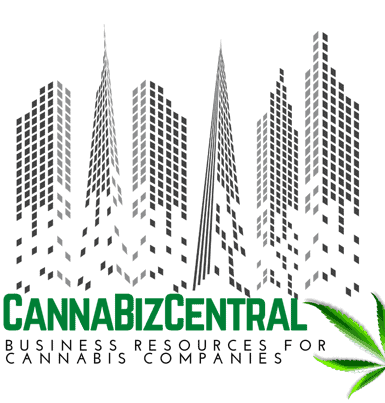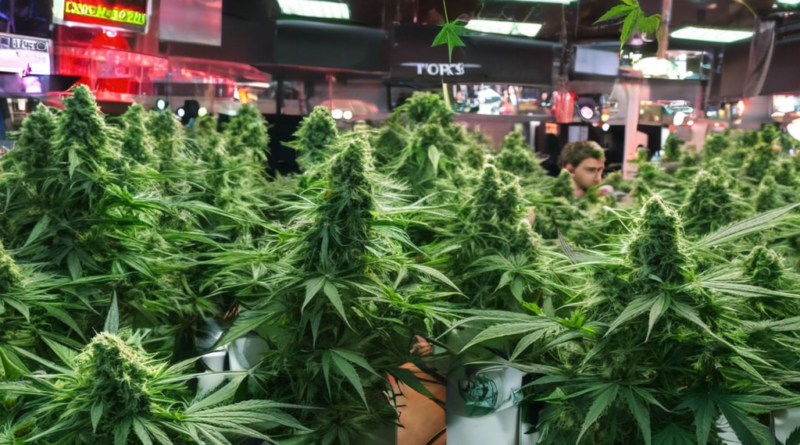New York’s Sweeping Crackdown on Illegal Cannabis: Economic and Community Impacts
Clampdown on Illegal Cannabis Operations: A Comprehensive Overview
In a sweeping effort to regulate the cannabis industry, New York State has undertaken a rigorous crackdown on illegal cannabis operations. This campaign has dramatically shaped the landscape for legal cannabis businesses while addressing community safety concerns. As we delve into this operation, we explore its significant impact and the mechanisms in place that have facilitated such extensive action.
The Scale of the Crackdown and Its Economic Implications
Since the inception of the crackdown, more than 1,000 illegal cannabis shops have been shut down statewide, with an overwhelming majority being 779 stores padlocked in New York City alone. This decisive action has also seen an additional 230 closures across the state. The Operation Padlock to Protect, an integral part of this initiative, has been pivotal in ensuring the cessation of these illegal activities. In tandem, the New York State Cannabis Enforcement Task Force has been remarkably effective, seizing in excess of 6,000 pounds of illicit product, valued at a substantial $22 million to date. These efforts have removed over 25,000 pounds of illicit product valued at more than $110 million from circulation statewide, underscoring the economic and regulatory muscle wielded by the task force.
The financial implications of these actions are profound, as they have facilitated a sizable boost in sales for licensed cannabis stores. Legal operators in New York City have reported an average increase in sales of 72%, with some even witnessing a growth exceeding 100%. This surge in legal sales is a testament to the effectiveness of the crackdown in curtailing the prevalence of unregulated products.
Strengthening Community Safety and Regulatory Frameworks
The primary objective of this crackdown extends beyond economic benefits; it is also about safeguarding communities from the ill effects of illicit cannabis products. By removing these unregulated and oftentimes dangerous substances from the market, the crackdown has played an integral role in enhancing public safety and the quality of life for residents. The joint task force, consisting of leading authorities like the Sheriff’s Office, NYPD, and the Department of Consumer and Worker Protection (DCWP), has ensured inspections for 100% of known illegal sellers, thereby reinforcing the regulatory framework designed to maintain order.
Moreover, the new state regulations, along with the recently enacted SMOKEOUT Act, empower municipalities with the necessary tools to promptly close illegal cannabis shops. These legal instruments not only expedite enforcement actions but also signify a robust commitment from the state to regularize and safeguard the cannabis market.
Challenges have emerged, however, such as a court ruling favoring a Queens store due to improper procedural conduct in summons delivery. Such outcomes indicate potential procedural pitfalls, posing challenges to the broader campaign aimed at ceasing unlicensed operations. Despite these setbacks, efforts continue to support legal cannabis businesses, including initiatives like FastTrac for Cannabis Entrepreneurs, which provide valuable training and resources for legal operators.
The environmentally responsible disposal of seized illicit products, through incineration, ensures not only compliance with regulatory standards but also contributes to local energy solutions. By utilizing incineration by-products as an energy source, the operation simultaneously addresses ecological concerns, blending enforcement with environmental sustainability. This layered approach marks New York’s crackdown as both a regulatory and community-supported initiative primed for effectiveness and continued evolution.

